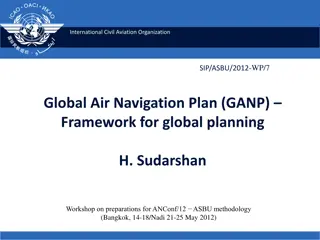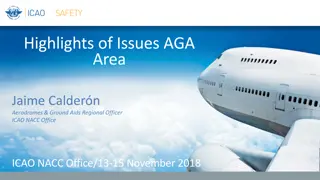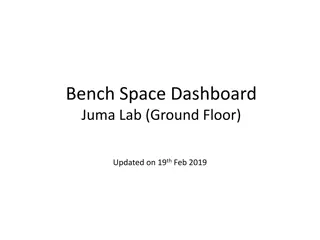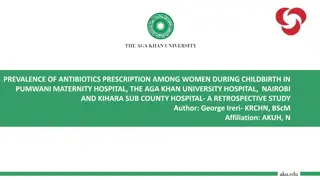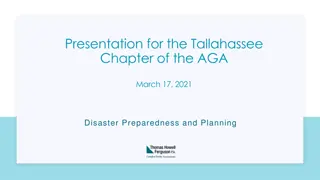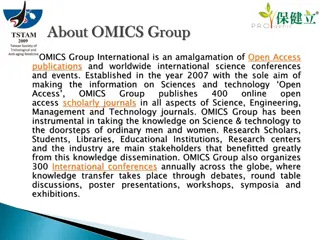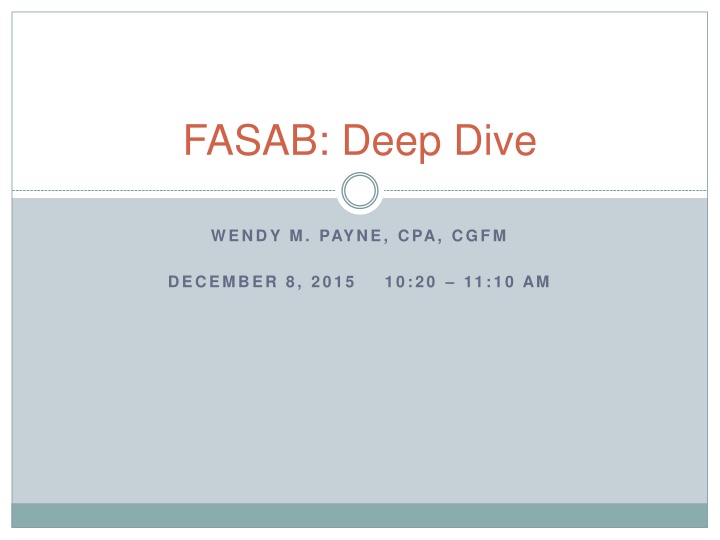
Government Financial Standards Deep Dive Insights
"Explore key topics such as leases, Department of Defense implementation issues, and more from the FASAB deep dive session with Wendy M. Payne. Get valuable insights into government financial standards and reporting models."
Download Presentation

Please find below an Image/Link to download the presentation.
The content on the website is provided AS IS for your information and personal use only. It may not be sold, licensed, or shared on other websites without obtaining consent from the author. If you encounter any issues during the download, it is possible that the publisher has removed the file from their server.
You are allowed to download the files provided on this website for personal or commercial use, subject to the condition that they are used lawfully. All files are the property of their respective owners.
The content on the website is provided AS IS for your information and personal use only. It may not be sold, licensed, or shared on other websites without obtaining consent from the author.
E N D
Presentation Transcript
FASAB: Deep Dive WENDY M. PAYNE, CPA, CGFM DECEMBER 8, 2015 10:20 11:10 AM
DISCLAIMER Views expressed are those of the speaker.
Overview Leases Department of Defense Implementation Issues Internal Use Software Risk Assumed Public-Private Partnerships Reporting Model Tax Expenditures
Leases FASAB collaborating with GASB to develop standards for governmental organizations. GASB s preliminary views document should improve clarity of ultimate exposure draft. Each board will issue an exposure draft.
Leases Tentative decision to establish a single model (with exceptions for short-term arrangements 24 months for federal). Leases create assets consisting of the right to use a resource. Leases create liabilities consisting of the obligation to pay for the resource. Treatment should help identify the interest cost associated with leases.
Leases-Intragovernmental Exceptions Leases between two consolidation entities (as defined in SFFAS 47) would be expensed by lessor when due and payable. Minimal disclosure requirements.
Leases Tentative Timelines FASB/IASB Final expected late 2015 GASB ED early 2016 and final early 2017 FASAB ED early 2016 and final early 2017 7
Department of Defense Implementation Issues Establishing Opening Balances for Inventory, Operating Materials and Supplies, and Stockpile Materials Should estimates of historical cost be permitted? Of course, but does that solve the problem? Deemed Cost Proposal Finalized Several valuation bases permitted Flexible dates to allow components to establish opening balances at different dates Respondents sought clarification but generally supported proposal. Expect Issuance by March 2016.
Department of Defense Implementation Issues Establishing opening balances for general property, plant, and equipment DoD sought guidance on detail needed for capital improvements to real property. Other issues were identified. Tentative decisions: Allow deemed cost (estimated historical cost, fair value, replacement cost) for all general PP&E. Provide prospective treatment for internal use software and land. Acres of land would be disclosed. Look for an exposure draft by the end of 2015.
Internal Use Software SFFAS 10, Accounting for Internal Use Software issued in 1998 Draft implementation guidance will: Clarify standards in relation to new development methods Provide practical examples of implementation Finalized and under review. Issuance by March 2016.
Risk Assumed Government Cost of Federal Crop Insurance (Source: CRS R40532) Fi g ur e 1 0. G o ve rn m e nt C os t of F e d er al C ro p In su ra nc e S o u r c e: C R S us in g d at a fr o m U. S. D e p ar t m e nt of A gr ic ul tu re , Ri sk M a n ag e m e nt A ge nc y, ht tp :/ / w w w. r m a. us d a. g o v/ a b o ut r m a/ b u d ge t/ co st so ut la ys .h t m l.
Risk Assumed Insurance Phase Define insurance programs Improve terminology Address measurement uncertainty regarding estimated losses on open contracts Determine best measurement model Improve disclosures Disclose risk assumed for insurance programs with: Narrative including risk factors Coverage in force (maximum loss)
Public-Private Partnerships Increased use of public-private partnerships (P3s) to accomplish goals. May be off-budget and off-balance sheet. Overall objective: Transparency of the full costs and disclosure of risks.
Public-Private Partnerships, continued Phase 1 Proposal and Redeliberation: P3 definition with exclusions ID riskiest P3s with risk-based characteristics Disclosures Phase 2 Scope and Timeline: Recognition and measurement guidance Deferred pending other priorities and results of disclosures
Reporting Model 15 Challenges observed Presently However Financial statements highly aggregated Static Present cost by strategic goals Multiple sources of information available through websites GAAP Non-GAAP Multiple measurement bases Accrual, budget, projections Spending is mostly mandatory not discretionary Users also looking to Review functions or programs Make comparisons Drill-down Access data Create their own reports Identify trends, patterns Analyze performance Compare budgeted to actual
Reporting Model 16 How should financial reporting Relate GAAP and non-GAAP sources Help users understand Differences between government-wide and component financing The relationship among the different measurement bases Mandatory vs. discretionary spending Facilitate multi-dimensional analyses
Reporting Model 17 Given the variety of issues the model can take different paths
Tax Expenditures What are they? Income tax code provisions that decrease tax liabilities or direct cash (credits) to taxpayers engaging in desirable activities or facing certain circumstances. Who gets them? What do you think more tax expenditures for corporations or individuals?
Tax Expenditures Source: Concord Coalition


